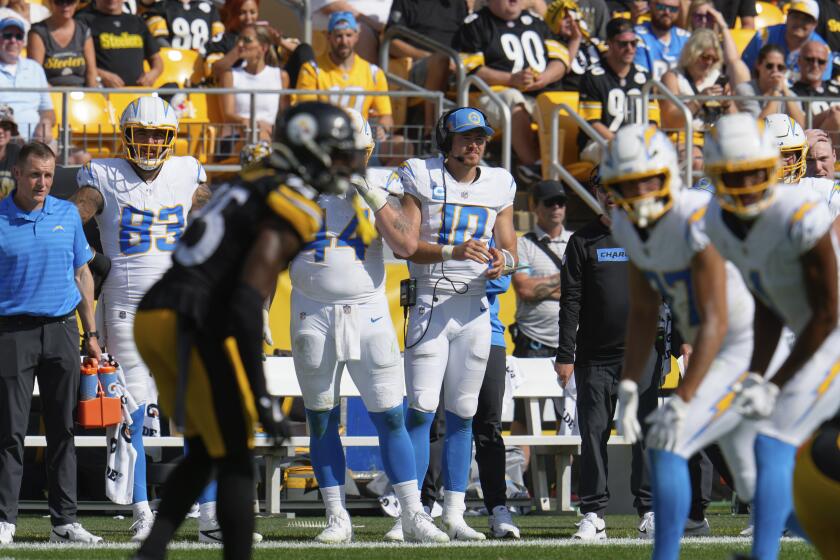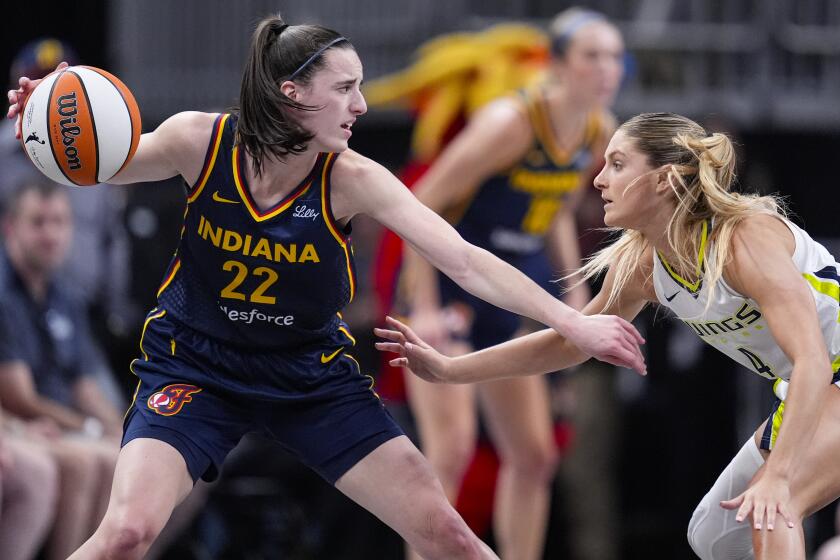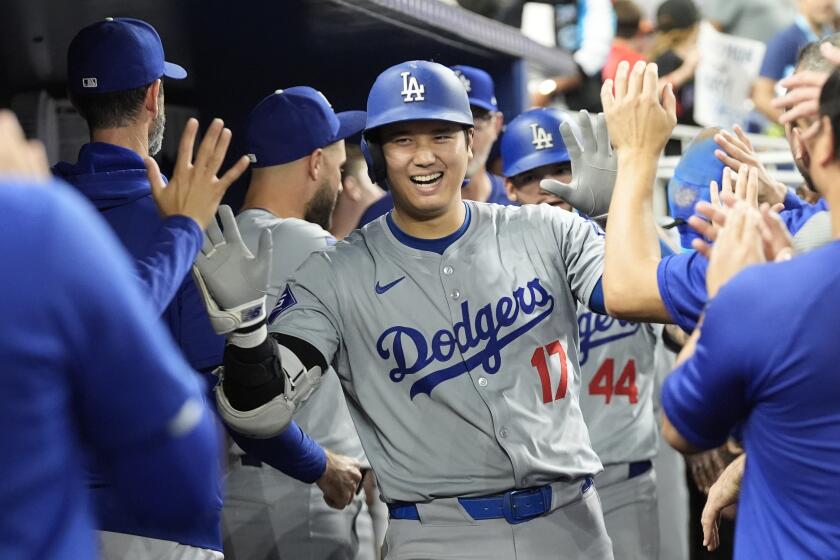Risking it in the ring
PROFESSIONAL boxing can be brutal on the brain. Repeated blows to the head can result in severe speech problems, tremors and loss of motor control, and has had devastating effects on boxers such as Muhammad Ali and Jerry Quarry.
Amateur boxers are believed to be at considerably lower risk from dementia pugilistica, or punch-drunk syndrome, because they wear protective headgear, shock-absorbing gloves, and go fewer rounds. Yet as this niche of the sport grows, especially among white-collar types simply looking for a workout, a study of amateur boxers has found evidence of brain trauma among them as well.
“The brain is not made for hitting upon,” says study author Dr. Max Albert Hietala, a neurologist with Sahlgrenska University Hospital in Goteborg, Sweden. “And it’s not protected well enough, even if you have headgear.”
The research, first published in Archives of Neurology in 2006, was presented two weeks ago at the annual meeting of the American Academy of Neurology in Boston. In the study, 14 amateur boxers’ cerebrospinal fluid was taken via spinal tap.
“The brain swims in cerebrospinal fluid, it’s there to protect the brain,” Hietala explains. When neurons -- nervous system cells that transmit information -- become damaged, they can die, releasing proteins, including neurofilament light protein, the building blocks of neurons, into the cerebrospinal fluid.
Because that process can sometimes take several days, the spinal tap was done about a week after the boxers’ matches.
In examining the spinal fluid of the 11 men and three women, average age 22, researchers found it contained markers for neuron damage when compared with a control group of 10 non-athletic, non-boxing men.
Among those boxers sustaining fewer than 15 blows to the head, levels of the neurofilament light proteins were four times higher than a control group of 10 non-athletes. Among those sustaining more than 15 blows, levels were seven to eight times higher. None of the boxers showed any outward signs of cognitive damage or head trauma, such as confusion, dizziness or slurred speech. Another test done three months later showed levels of neurofilaments were still higher than the control subjects.
Not just any hit deals a death blow to neurons, Hietala says: Blows that rotate the head with intense force, such as an uppercut, actually stretch the neurons, sometimes killing them, in the process releasing neurofilaments into the cerebrospinal fluid. His concern is the cumulative effect. “If you did a cognitive test on our boxers, or an MRI, they would be negative. They could add two and two.” But after years of successive bouts, Hietala suggests, the results might not be the same.
Previous studies on amateur boxers have shown evidence of cognitive damage. One used a computer program to test reaction time and memory of 82 collegiate amateur boxers who had competed in several bouts within a week. The study, published in the journal Neurology in 2004, compared them with 30 non-boxers and found no difference between the groups. Only boxers whose bouts were stopped by the referee showed slowed reaction times.
Another study, published in the American Journal of Sports Medicine in 1997, compared amateur boxers with control groups of soccer players and track and field athletes; all were given a physical and neurological exam. Among all athletes, MRI scans showed no differences, and no chronic brain damage was discovered. However, boxers performed more poorly on a finger-tap assessment and showed a higher incidence of deviation on electroencephalography tests, which measure the brain’s electrical activity. Both may indicate slight brain dysfunction.
Dr. Charles Butler is confident that amateur boxing is safe. The retired cardiac surgeon is also the vice chairman of the medical committee of the International Boxing Assn., and believes the sport is “arguably the safest of all contact sports.” He takes issue with the study, saying the markers found are not valid for mild traumatic brain injury, and that the results could have been skewed by various factors, including gender and age.
“We have the strictest guidelines for concussion management,” he says, adding that amateur boxers are routinely given neuropsychological testing to check for things such as memory and reaction time.
But the high levels of the neurofilaments were troubling to David Hovda, director of the UCLA Brain Injury Research Center, who adds that those markers are found in people with certain types of brain injury. “They may have found some biomarkers that show cell stretching or cell injury,” he says. “Does that mean that the cells are dying and that the damage is permanent? Nobody knows. But they should be concerned that the brain is stressed in boxing.”
*
More to Read
Go beyond the scoreboard
Get the latest on L.A.'s teams in the daily Sports Report newsletter.
You may occasionally receive promotional content from the Los Angeles Times.










